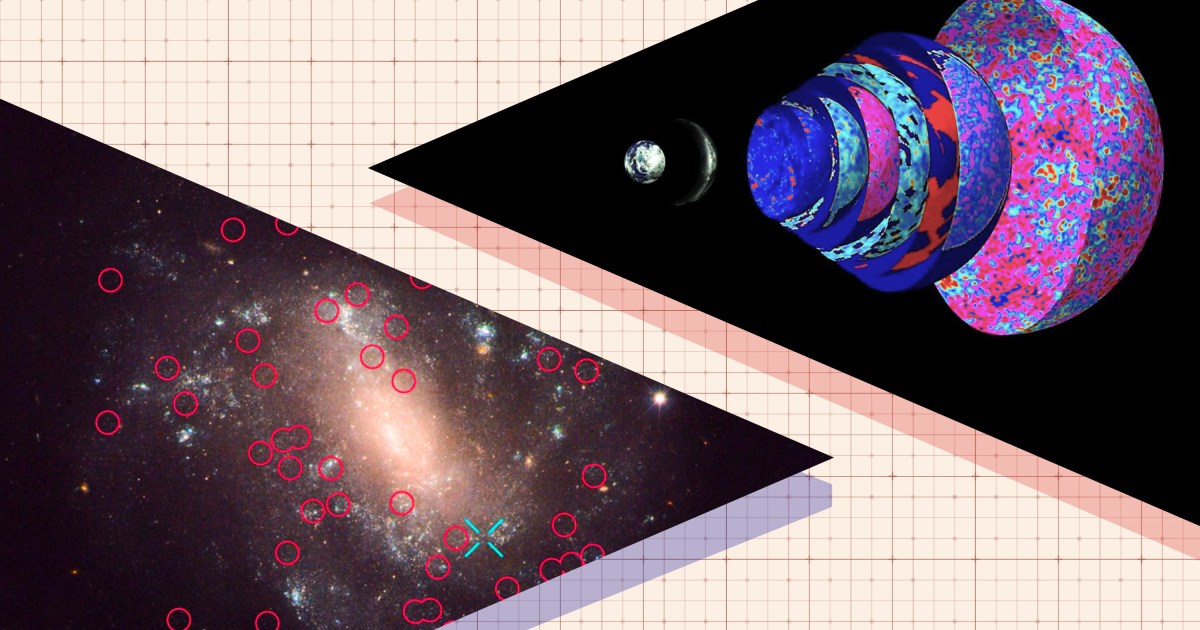Physics has hit a wall. Time to test the assumptions.
Damn sophons!
No paper, no party.
indeed:
The new claims from the “CCHP” group, asserting that the Hubble tension can be resolved by an in-between value for the expansion rate, are very troublesome for two reasons. First, there isn’t even a paper (not even an unpublished preprint) to refer to, where others in the community can see their work. But secondly and perhaps even more importantly, (…)
Using a quote with a cliffhanger is the newest form of evil.
Not directly related, but if you convert the units, 73 km/s/Mpc are 11.16 meters per year per AU (the distance between earth and the sun)
Somehow it blows my mind that the distance between the sun and earth increases by 11m per year due to the expansion of space itself.
But I still don’t really understand how we can measure that expansion.
If space expands, wouldn’t everything we can use as measuring stick expand as well?When space expands, everything inside is stretched, including light. When light is stretched, its wavelength decreases (= redshift). So you just measure how much lower the light frequency is than you’d expect :)
the wavelength increase. The frequency decrease. Red as a wavelength of 700nm while blue is about 500nm.
When there is a supernova explosion, the atoms from that explosion are in a volume of space that expands but those atoms keep the same energy levels for their electronic transitions … also, these energy levels corresponds to wavelengths of light which are the measuring sticks for the physicist.
in few.
TLDR : in expanding space, physicist’s measuring sticks do not expand.





